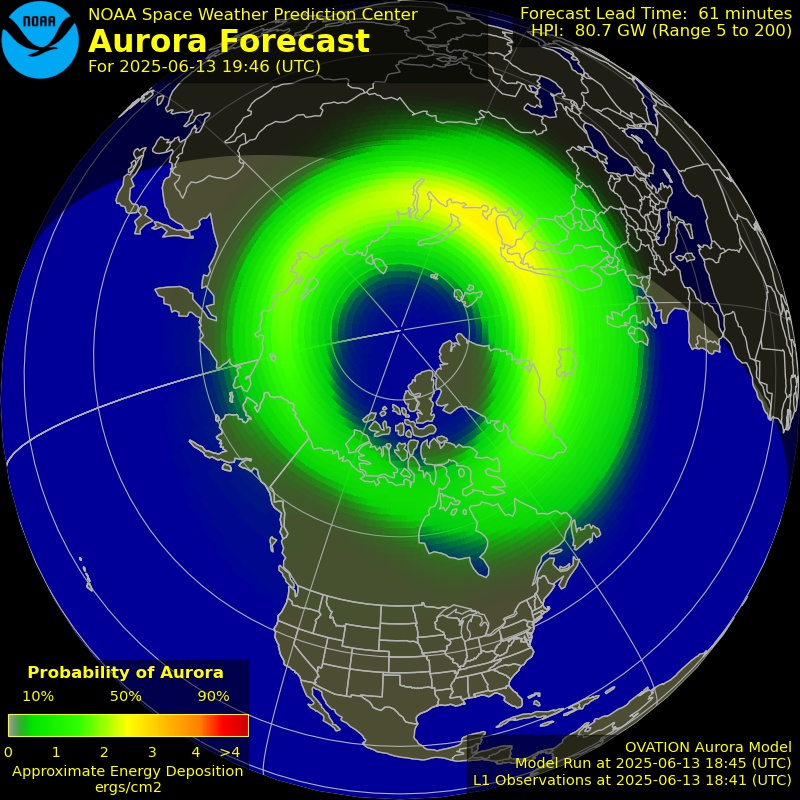Climate change may bring us more lake effect snow
Jan 03, 2019 07:24AM ● By Editor
By Ray Ford of Cottage Life magazine - Posted January 2, 2018
Take at least one Great Lake. Add cold air. Blow it across relatively warm, ice-free water. Call the resulting cocktail a snow squall, a streamer, a snow band, or a snow burst, it’s all “lake effect” snow—and it puts the belt in “snowbelt.”
Other regions see snow off lakes or oceans, but compared to the big dumps experienced by cottagers around the Great Lakes, “everything else is just the minor leagues,” says David Phillips, the senior climatologist with Environment and Climate Change Canada. “It’s what we’re famous for.”
And at least in the short term, climate change may serve up more lake effect snow. Remember, this is a cocktail that doesn’t like ice—too much of it on the lakes cuts off the moisture necessary for the storm. Given the right combination of warm water and cold air, “we may see more snow before we see less, because the Great Lakes will be more open,” Phillips says.
Or different areas of the lakes could see diverging trends. For her University of Waterloo Ph.D. thesis, which examined snowfall trends in the Great Lakes region, Janine Baijnath-Rodino tracked snowbelt snowfall on the Canadian side between 1980 and 2015 and found that “preliminary results showed a decrease in snow.” But south of the border, and over a longer timeline, U.S. researchers see more snow. Lake effect snow off Lakes Superior and Michigan rose between 1925 and 2007, while the average snowfall in squall-prone Syracuse, N.Y., nearly doubled between 1915 and 2000.
So hang on to those snow shovels and winter tires, and take a look at your roof and nearby trees. Baijnath-Rodino, who is also a CBC meteorologist, says a warming climate could turn the kind of light, fluffy lake effect powder we commonly see now into heavier, wetter snow. Along with an extended snow-squall season thanks to ice-free lakes, Phillips says climate change could mean more ice storms and eventually more lake effect rain.
And in case those predictions aren’t enough to leave you shaken and stirred, changes in the way the atmosphere circulates could continue to deliver the odd deep freeze even as the “average” winter gets milder and shorter. “We’re not going to be the Miami of the north,” Phillips says. “Don’t think we’re not going to have winters.”

